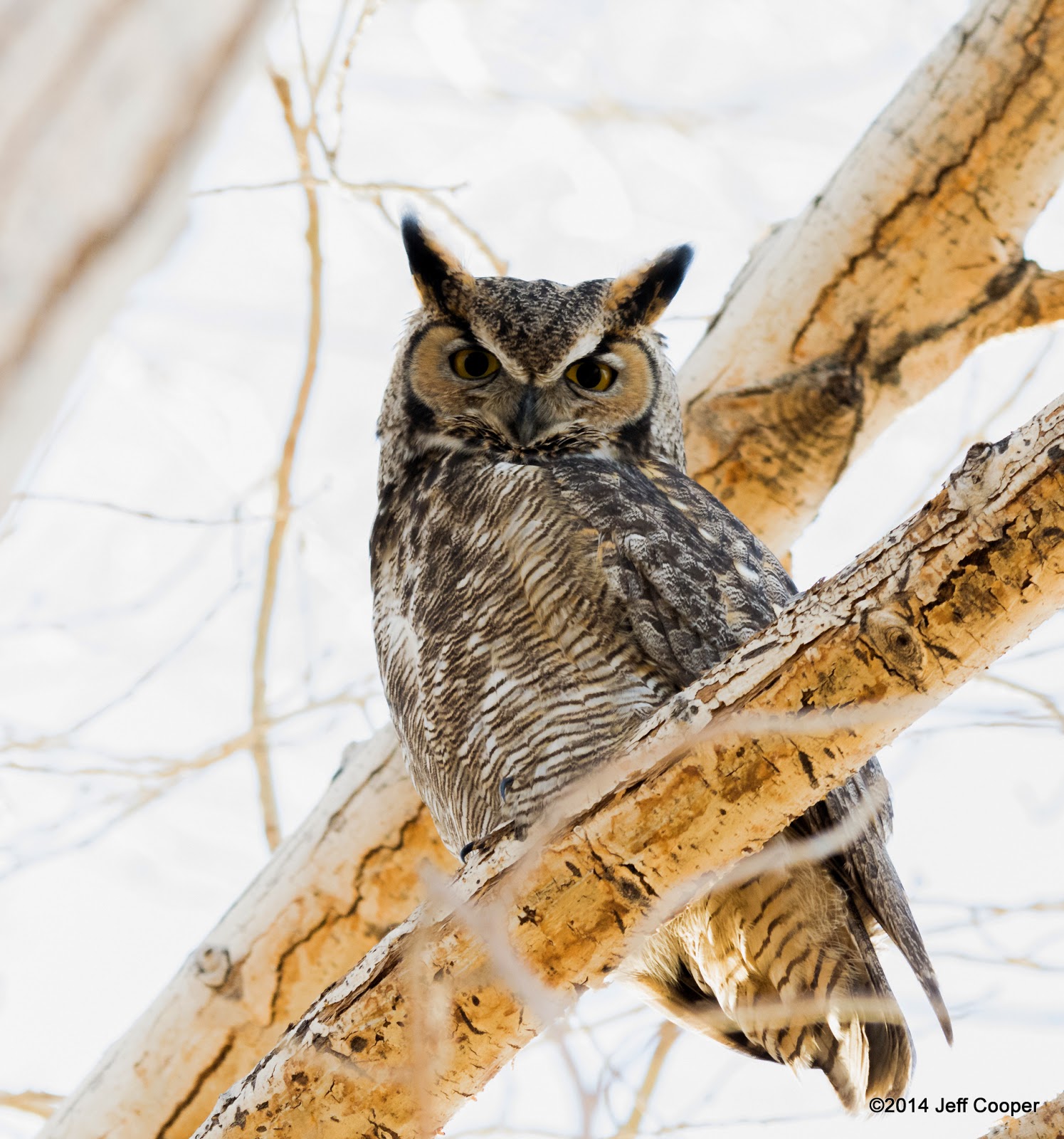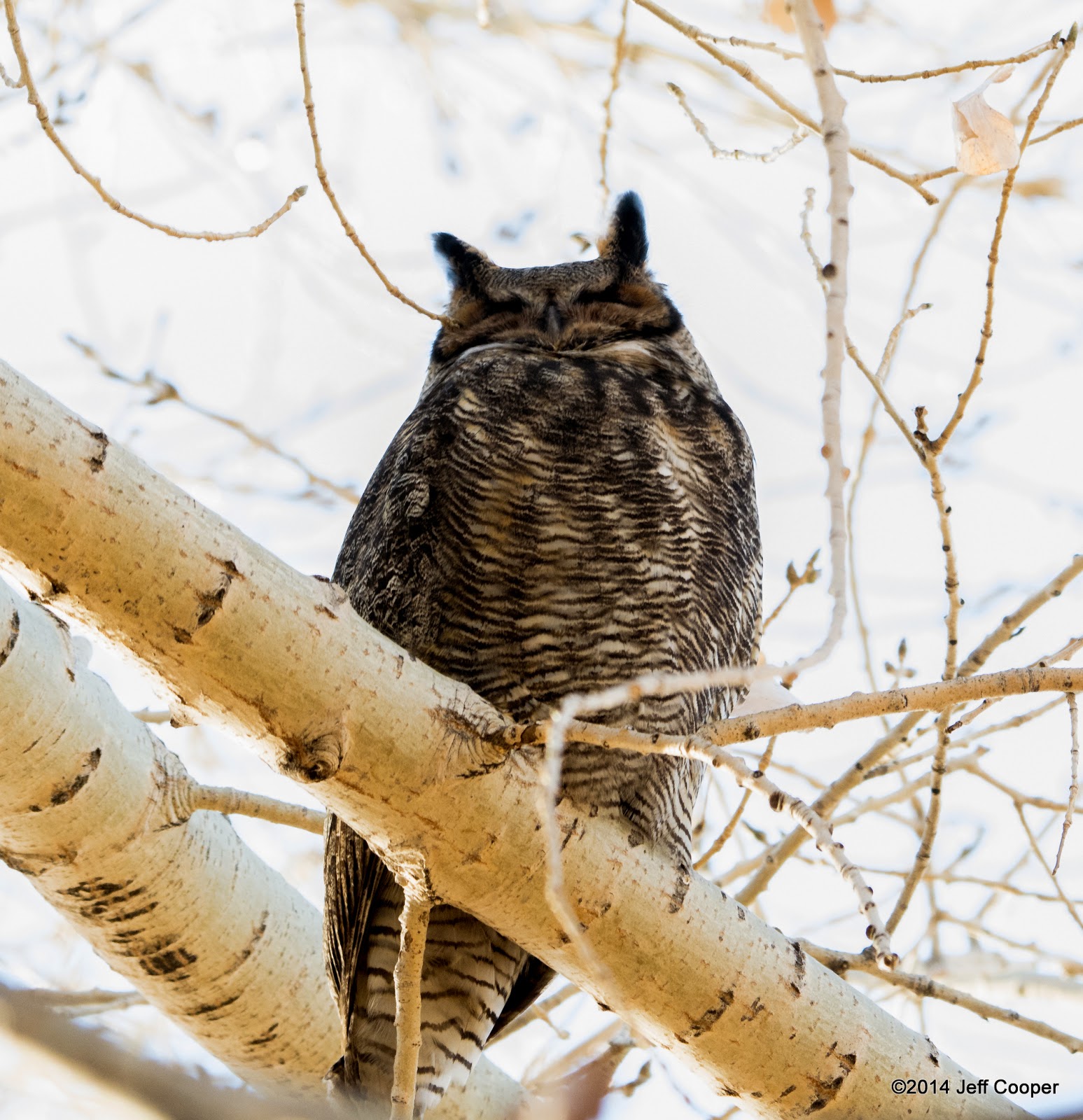 |
| My First Lesser Black-backed Gull Located Nearly Three Years Ago in Pleasant Grove, UT |
I continued a yearly tradition on December 20th when I participated in the 115th annual Audubon Christmas Bird Count (CBC). The Audubon CBC is the longest running Citizen Science survey in the world. This year over 2300 count circles, each with a 15-mile diameter, were organized around the world to conduct bird counts between December 14th and January 5th. That's right people around the world organize themselves to identify and count as many individual birds as they can hear and/or see on a specified day between December 14th and January 5th. The information obtained from these counts provides important data on bird population trends. Learn more about the Audubon Christmas Bird Count by
clicking here.
I participated in the Provo, Utah count circle and had the pleasure of introducing two new birders to counting birds. Fifteen-year-old Easton Parkhurst and his dad Ben joined me to count every bird seen or heard in the area that was assigned to us. The area we counted was the same one I counted during my very first CBC about four years ago and runs along an eastern portion of Utah Lake from northwest Orem, through Vineyard, and western parts of Lindon, Utah. It was a real treat to have new birders join me for the count because I relived the excitement of a new birder with each new species observed by Easton and his dad. I also enjoyed helping Easton get photos of some of the birds we discovered. Maybe he'll include some in a future post to his blog,
eastonswildlife.
We started about an hour before sunrise with hopes of finding a Screech-Owl and a pair of Great Horned Owls I'd discovered in our count area prior to the CBC. We missed out on the Screech-Owl, but we were able to hear and then locate one Great Horned Owl hooting in the early morning darkness. We also confirmed the presence of two Barn Owls that are on private property. The property owners granted us permission to check for those owls. Secretive Virginia Rails were fun to hear and see. And as I suspected, Easton soon grew tired of counting Starlings and Robins. They numbered in the thousands. Fortunately, we were able to locate some more exciting birds such as Spotted Towhees, Red-tailed Hawks, Cooper's and Sharp-shinned Hawks, and Downy Woodpeckers. We even heard a lone Sora doing its "whinnying" call from a well-hidden location among the phragmite overgrowing the settling ponds south of Lindon Boat Harbor. Soras don't generally winter in northern Utah, but perhaps the warmer-than-usual weather we've had kept it around. The lake is typically frozen during the CBC, but there was not even a thin layer of ice to be found this year.
The biggest surprise and highlight of the day for me was discovering a Lesser Black-backed Gull along Lindon Beach. It was an historic discovery since it was the first-ever Black-backed Gull observed for the Provo CBC. I discovered the gull using a basic technique for sorting species among mixed flocks of gulls. I was comparing the gray shades of their mantles, looking for any that were obviously lighter or darker than the expected Ring-billed and California Gulls. The image below illustrates the differences in color between Utah's more common Ring-billed and California Gulls. The Ring-billed has a more lightly colored mantle. When seen side by side the California is larger and more darkly mantled than Ring-billed. With those two as a frame of reference I was able to notice a gull nearly the same size as the California but more darkly mantled. It is the third gull in from the left. The dark primary feathers of this gull showed almost no white compared to the white marks seen in the dark primary tips of the California Gulls--another indication of Lesser Black-backed Gull.

I suspected we had a Lesser Black-backed Gull based on previous experience with them, but I needed to see the color of the iris to be certain. My scope was out of commission and the binoculars only revealed the detail you see in the image above. I resorted to another technique for identifying distant birds. By carefully approaching the gulls while using phragmite stands as a blind, I was able to capture an image that could be zoomed and later cropped. The image below was still taken from quite a distance, cropped significantly, and slightly lightened to uncover the light iris of a Lesser Black-backed Gull. Bingo!

By cropping the image even more the light iris becomes more evident. Nearly three years ago when I found my very first Lesser Black-backed Gull it was a species on the Utah state review list. Because it was considered a rare bird for Utah I had to submit photos, including the one at the beginning of this post, and field notes in order for the Utah State Bird Records Committee to validate the observation. The Lesser Black-backed Gull was removed from the state review list shortly after I found my first one, but it still is a very uncommon gull for our state and especially for Utah County. This gull, for me, was an early Christmas gift!
Easton's dad used a phone camera to capture an image of Easton and me at the end of our count. It was a good and memorable day for me. I hope it was the same for Easton and Ben.















































